Meet the tiny, super rare pocket shark whose 'pocket' remains a mystery to scientists
In 2010 during a mission to study how sperm whales feed, a team of marine researchers working about 190 miles off the Louisiana coast scooped up buckets-full of marine life to take back to their lab for further study.

There, while rifling through several different species of fish and plankton that the researchers had frozen to study, NOAA biologist Mark Grace found something that didn't quite belong.
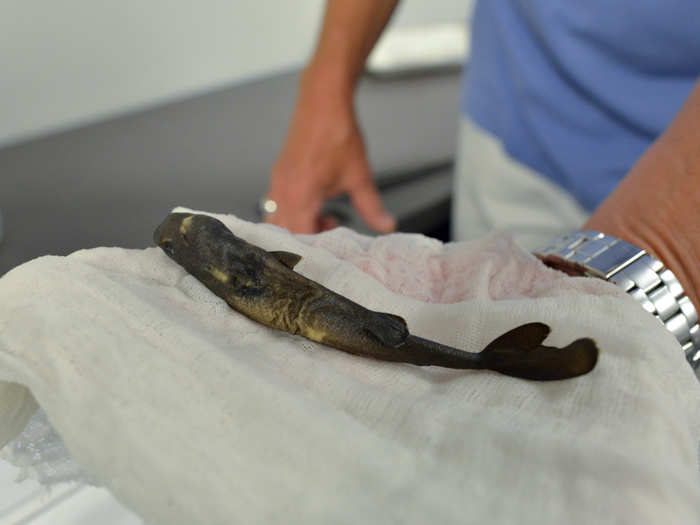
Its skin was too rough to be a fish, but it was far too small to be a shark — or at least that's what he thought at first.
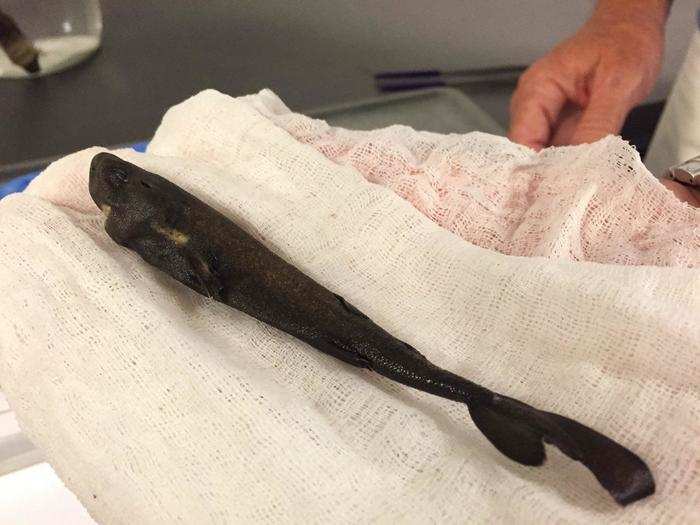
As it turns out, though, this little guy was a shark — a pocket shark, to be exact. He's only the second of his kind ever discovered in the world. The first one, a female, was found in 1979.
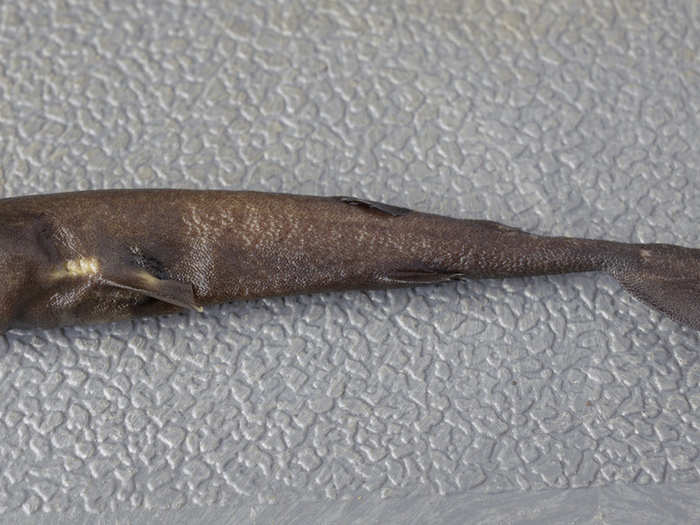
The pocket shark weighs just 14.6 grams (about the same as three crayons) and is only 5.5 inches long. Here's an illustration from the study where Grace published his discovery.
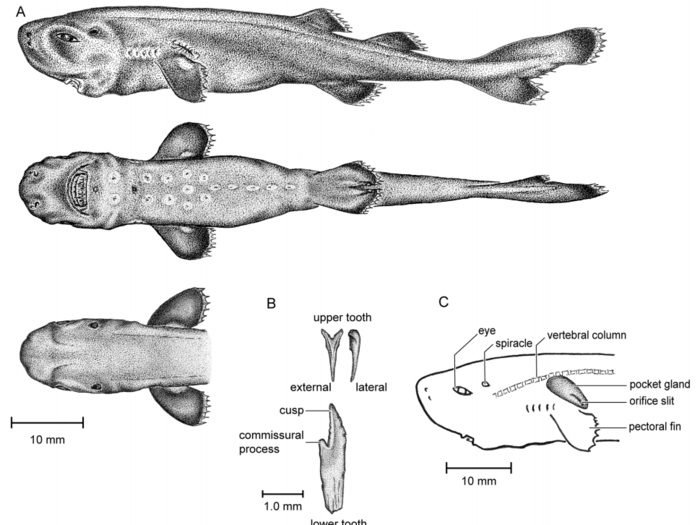
Study in Zootaxa: "First record of Mollisquama sp. from the Gulf of Mexico"
And in addition to being small enough to fit in your pocket, the pocket shark's got one himself. His pocket, shown up close in this image, is right above his pectoral, or side, fin.
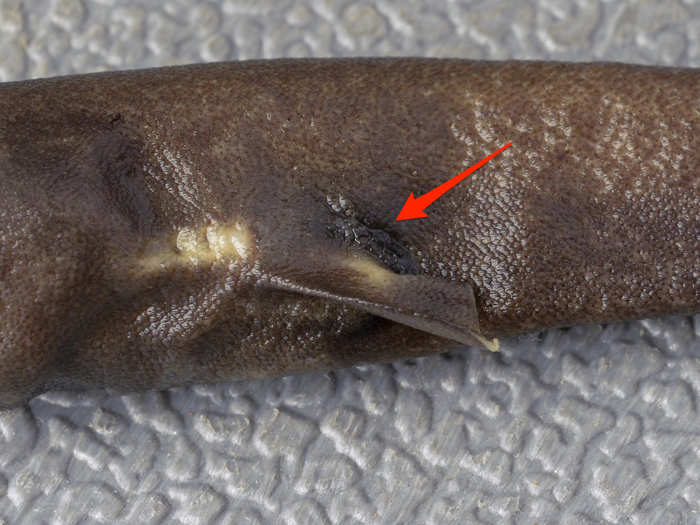
Researchers don't know yet what the little guy used his pocket for — but they're using complex machinery to study some possible options. They've even made a 3D-printed model of the pocket shark so they can study his anatomy more easily.
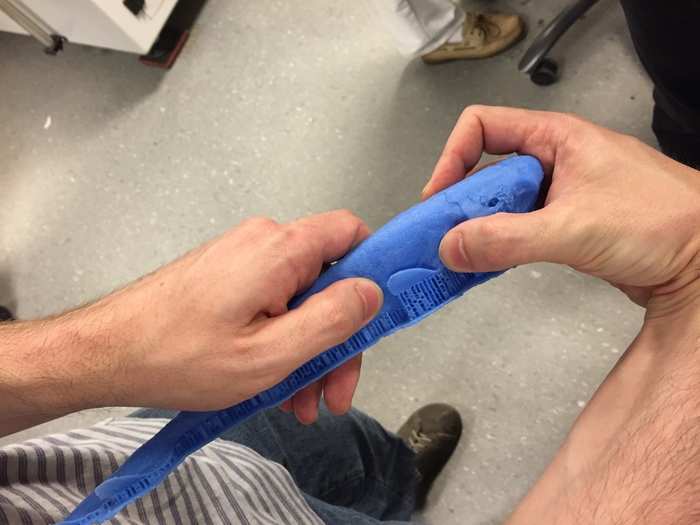
Here's an up-close shot of the pocket shark's teeth. Since this pocket shark is so rare, the scientists are wary of damaging it and probably won't dissect it until they've found many more specimens.
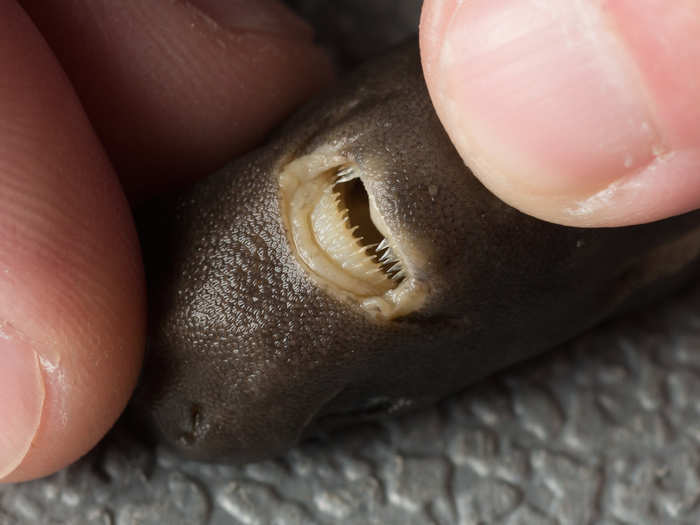
By comparing its teeth and other parts of its anatomy with other sharks, the scientists have been able to estimate that the first pocket sharks appeared sometime within the last 50 million years.
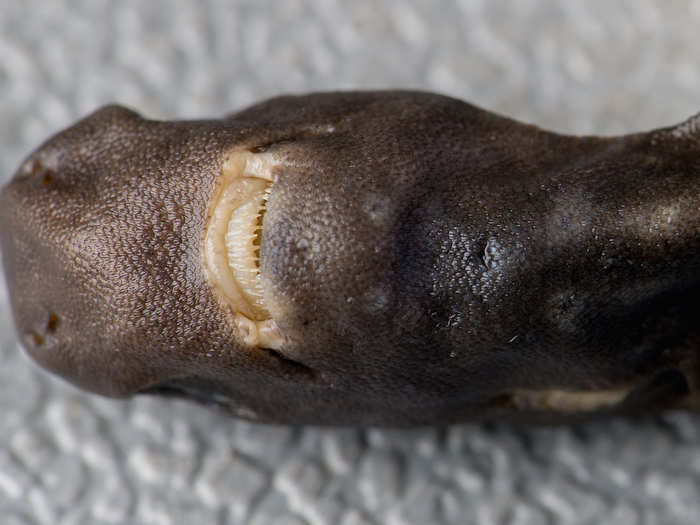
Scientist John Denton, an Axelrod Fellow at the American Museum of Natural History, is part of the team that's using high-resolution x-ray imaging to study the shark's soft tissue. This is an image of the detailed tissue deep inside the shark's pocket.
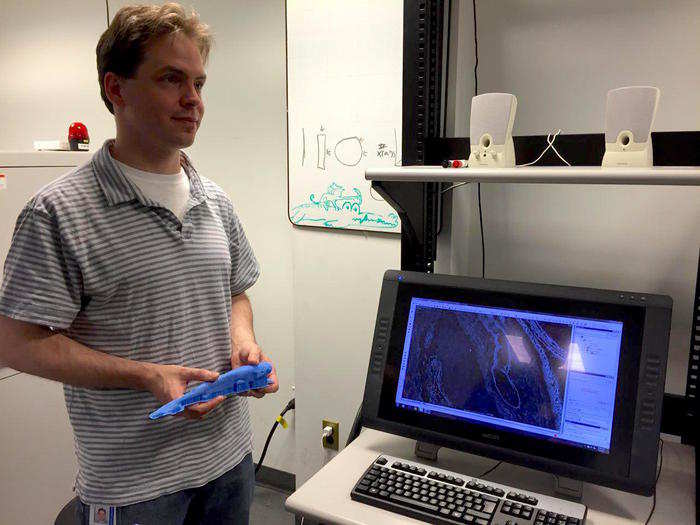
To see inside of this rare, fragile shark, the scientists couldn't just use an average x-ray. Instead, they used a machine 1 million times more powerful: the European Synchrotron Radiation Facility in Grenoble, France shown below:

The pocket shark spent about 18 hours having each section of its body scanned in the machine. The scientists ended up with 22,000 cross-sectional images of the shark!
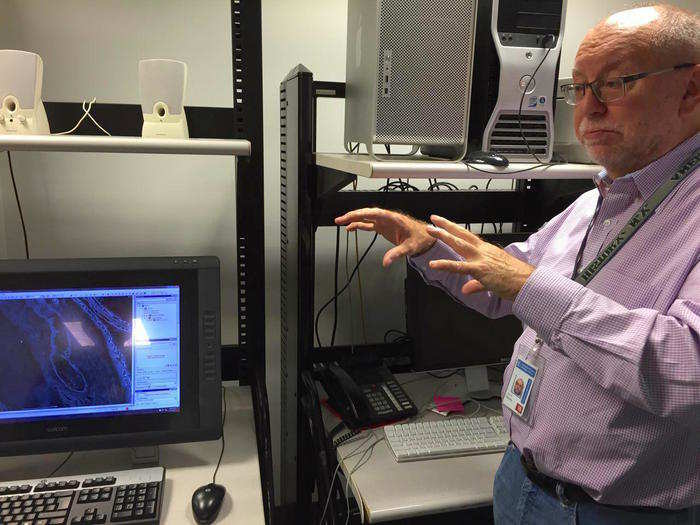
The researchers have also built a Shark Tree of Life, where they can plot the evolution of sharks and rays. Here's the pocket shark, or Mollisquama parini, on the tree.
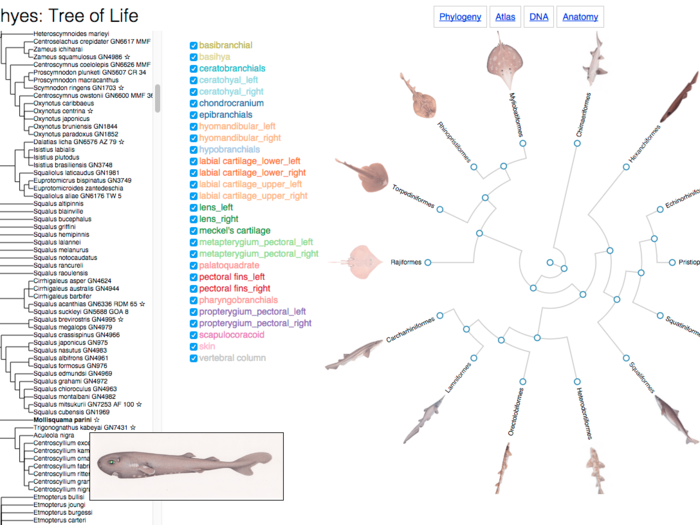
Cool! That could make a post by itself, I think. Maybe include a few words about the shark it's most closely related to? It's not obvious to me from this chart.
Now that you've seen the pocket shark and gotten some insight on how it may have evolved...
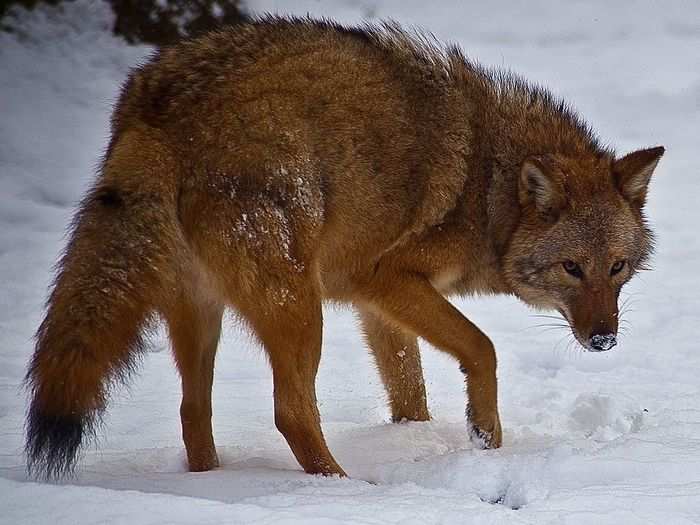
Popular Right Now
Advertisement